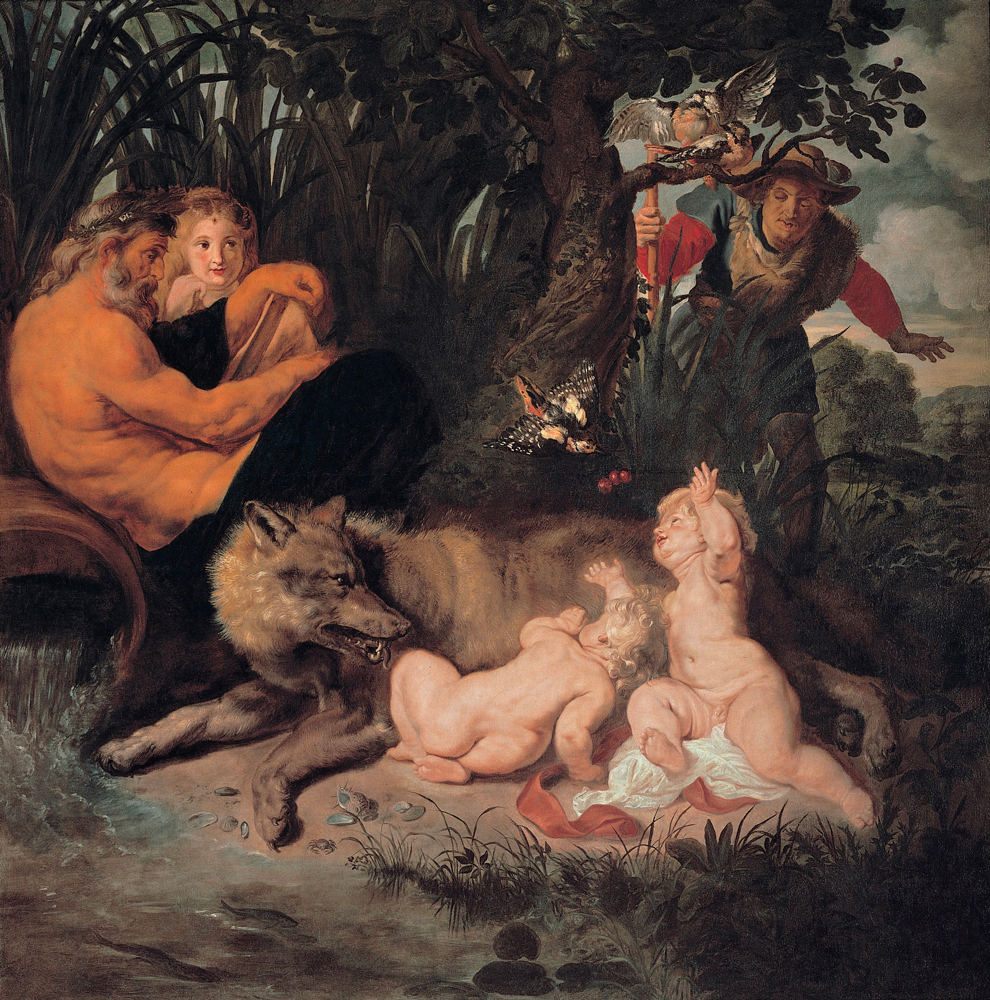- Il 25 July 2023 alle ore 10:43 am

Fig plant at Parco del Colosseo
Foto: Grafts project
This project focuses on the concept of grafting, from its literal botanical sense to its social meaning, and its aim is to create a connection between historical heritage, migratory processes and the impact of human action on nature.
The operation through which part of another plant of the same or a different species is made to grow on an existing plant becomes the perfect metaphor to describe what happens in the encounter between people and cultures, following the migratory trajectories that have always characterized the history of mankind.
A graft – whether botanical, biological, zoological, mechanical, cultural or linguistic – is an experiment by its very nature. The outcome is never a foregone conclusion. A graft may fail, or may be the start of an interesting, unique, unprecedented new entity. Rejection and acceptance are part of the exercise.
The naturalness of grafting provides the backdrop against which Paco Cao’s project weaves together stories about various contemporary issues that affect us closely: migrations, new geographies of flora, fauna and human beings, hybridization of languages, cultures, food and human habits.
Thus, a narrative develops and a complex art experiment unfolds, never forgetting that every form of grafting is relative to a specific time, space and community, and that what is exogenous or exotic for one generation, becomes over time incorporated into tradition for subsequent generations.
By creating a network between institutions such as La Sapienza University (Botanical Garden), the University of Roma Tre, University of Udine, the Pietro Canonica Museum in Villa Borghese, the Antica Archaeological Park in Ostia Antica, the Palazzo Barberini, the Pietro Canonica Museum in Villa Borghese, the Musei Capitolini, the Galleria Borghese and the communities and associations representing migrants in the city of Rome, the Grafts project becomes a journey made up of various stages that follow that same rhythm determined by the laws of nature to which social processes also respond. Over the course of three years, there will be the opportunity to observe and document the progress of this process and the various stages that this experiment will necessarily go through.
The ficus ruminalis (a wild fig tree) owes its name to the legend of Romulus and Remus and the founding of Rome. Tradition has it that the twins, illegitimate sons of the god Mars and the vestal virgin Rea Silvia, were placed in a basket which was tossed into the river Tiber. The basket came to a halt right under a fig tree where the she-wolf appeared and suckled the two newborns.
This tree has come to represent the city and will be the subject of the graft, ready to welcome other plant specimens onto its trunk, just as the city of Rome, in the course of its millennial history, has welcomed and continues to welcome people from all over the world. The grapevine has also been chosen to be grafted as a very representative plant of Rome and its millennial culture, given its close relationship with the god Bacchus and Christianity.
The species selected for grafting represent the three largest communities in the city of Rome: the Romanians with the grapevine vittoria; the Filipinos with the ficus benjamina; and the Bengalis with the ficus elastica.
Three representative sites in Rome have been chosen to plant the fig tree and the grapevine and to carry out the related grafts: the Ostia Antica Archaeological Park, the Palazzo Barberini, and the Pietro Canonica Museum in Villa Borghese.
The project is being developed through the participation of a team composed of gardeners, botanists, agronomists, art historians and documentalists, under the direction of artist Paco Cao. The team has performed the planting of the trees and the grafting of foreign species onto local species. It will follow their botanical process to observe over time their compatibility or otherwise, in case some grafts thrive, and others fail.
The sites chosen to host the art experiment will also host a celebratory event with migrant communities.
The process is being documented over time through photographs, videos, and interviews with people from a wide range of backgrounds, including representatives of migrant communities.
A presentation of the initial process was hold at Palazzo Barberini on June 10, 2023.
Romulus, Remus, the fig tree and the birth of Rome

Pieter Paul Rubens, Romolo e Remo (Romulus and Remus), 1612
Musei Capitolini
